Generating leads and encouraging them to book onto a training course is critical for any training company.
The marketing & sales teams have their work cut out to find consistent new customers, filling programmes and generating revenues – it’s not an easy job!
Many find it a struggle to generate high quality leads and achieve:
- Consistent new students
- Increases number of programmes being run
- Scaling up and hiring more trainers
Sharpen Your Messaging + Increase Leads
Download our free Buyer Persona Template to improve your conversion rates
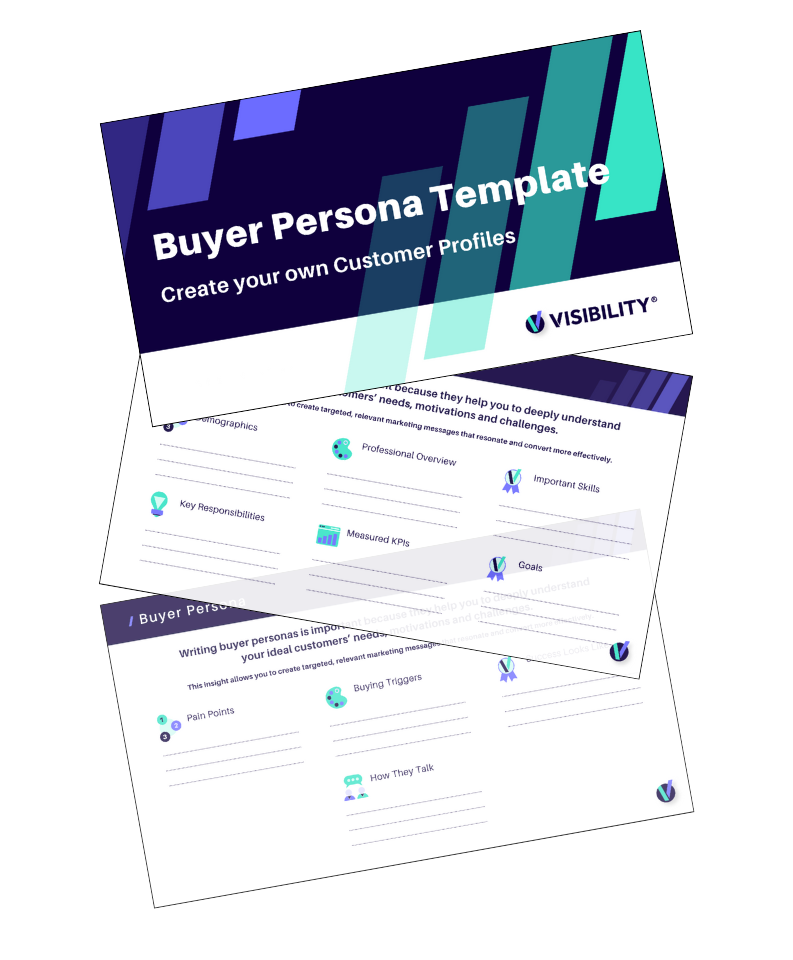
What We’ll Cover
- Your Ideal Customer
- Getting “The Offer” Right
- Building Trust
- Driving Sales with Paid Ads
- How to Measure Success
- The Next Steps
1. Being Specific About Your Ideal Customer
ICP – Ideal Customer Profile
It’s clear that the usual suspects consist of HR leaders, L&D Managers and head of departments, but the key to a great strategy is in the detail.
Preparing a very clear ICP – will help your marketing team and agency to fully understand the person they’re talking to when writing blogs, creating landing pages and posting on social media.
Important points to include are:
- Industry / Vertical / Niche
- Company Size
- Location
- Budget
- Stage of growth
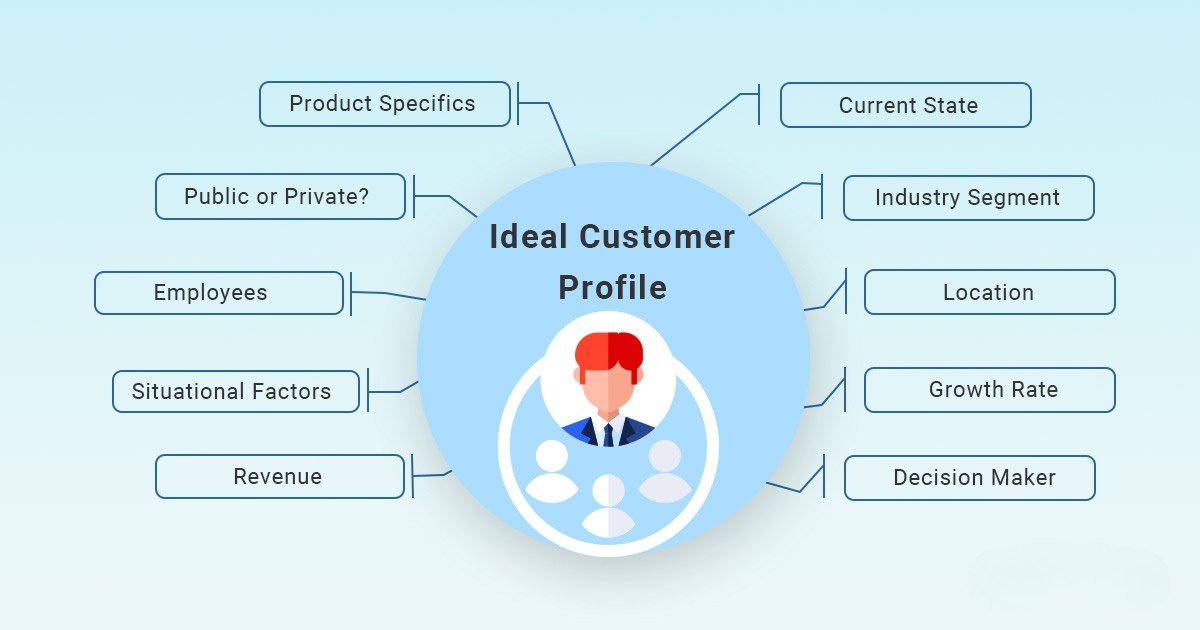
Buyer Personas / Customer Avatars
For your various Buyer Personas, it’s important to dig deep and understand the thought processes, decision making rationale and challenges they face in their day-to-day role. This will allow for a comprehensive cross channel strategy that really speaks directly to your target customers.
Founders / Directors, HR Managers and “Heads of” all face differing challenges and you can stand out by addressing those in your ad copy, content strategy and sales presentations.
Key areas to cover here include:
- Demographics (Age, location, education and seniority)
- Professional Overview (job title, company size, industry, their team size and who they report to)
- Important Skills (Required in their role)
- Key Responsibilities (What does their day-to-day look like)
- How are they access by management (what metrics do they care about)
- What are their goals & challenges
- Buying triggers
- What does success mean to them
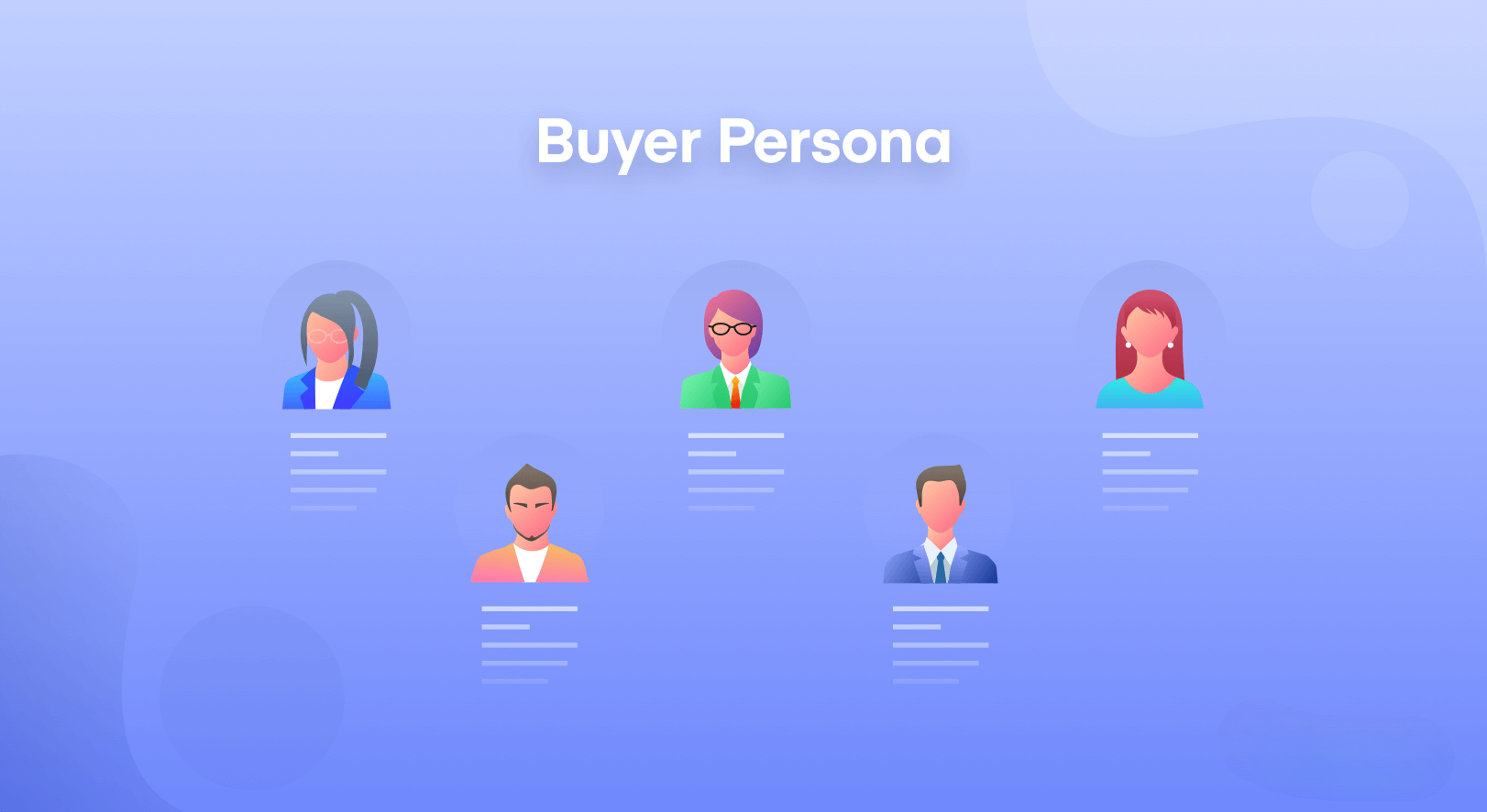
2. Corporate Training: Getting “The Offer” right
Once our audience is locked in – the next stage is ensuring the offer is right.
Corporate training companies usually host a wide range of different training programmes for a variety of sectors. It can often be easy to clump all the various types of offers together into a huge list.
Each prospect that visits your website is unique and they are likely looking for either a handful or one specific training programme – so we need to treat them with care and provide the best experience possible. A huge list of irrelevant information isn’t useful to them.
Your Competitors
*Semrush competitor result dashboard 👇🏻
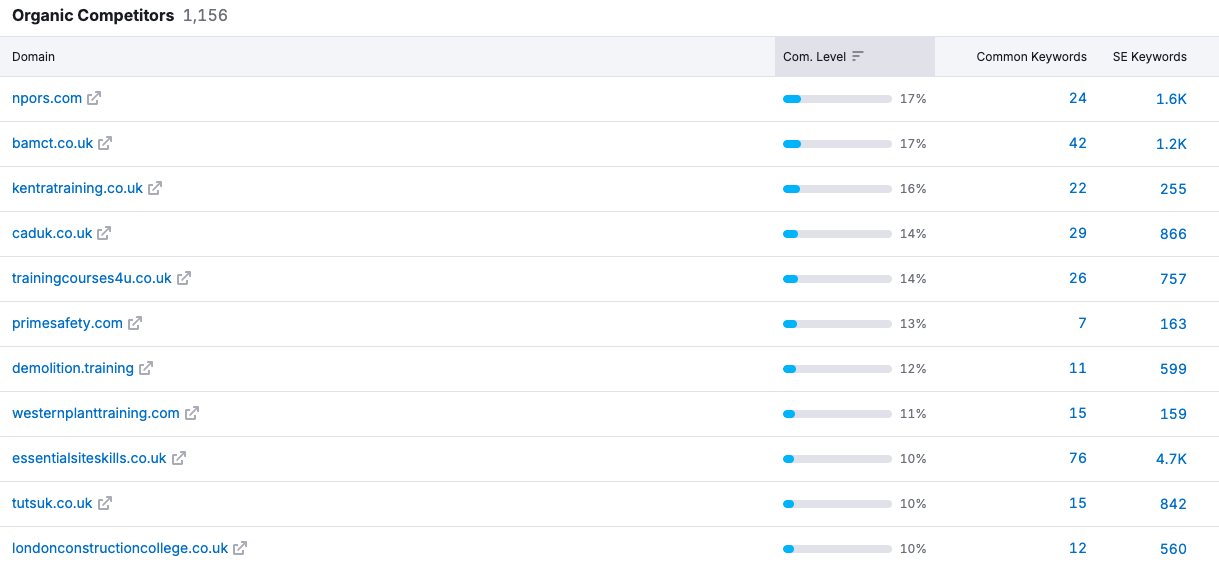
When it comes to your competitors – it’s probably like that you’re able to create a list of those spoken about a lot internally, however there’s much more required.
Each unique keyword / phrase searched in a Search Engine or LLM has it’s own set of unique competitors. You’re not simply competing with the short list of competitors you admire, but rather a large list of different businesses who position themselves differently.
You’ll need to look at:
- Specific key phrases for your training programmes across SERPs
- Social media
- Content
Tools like Semrush allow you to paste in a competitors domain and see competitors based on keyword cross-over.

“Research shows that B2B buying decisions are even more emotional than B2C. We really advocate positioning yourself in the market as the “go-to” provider with your training experts being the face of your brand.”
George Allsop
Founder of Visibility
How You’re Positioned
It’s important to establish where you place yourself in the market – this helps your prospects to understand the value your offer in relation to your competition. For training businesses, it’s likely that the ICP is looking for high quality teaching to ensure their employees retain the knowledge they’re training for.
Example: Visibility’s Unique Selling Proposition
- We make it Simple
- We are Creative
- We have a Proven Record
- We Innovate
- We are Data Driven
- We focus on Service
Example: Brand Promise
Simple, Regular Communication
The best results come from solid communication. That’s why we’ve made it a core organisational approach to provide fast, pro-active and value adding communications – to ensure you get the right data to make the right decisions.
Latest Best Practise
The world of digital marketing is moving fast – that’s why we’re constantly testing and developing new approaches across platforms to provide our clients campaigns with a superb competitive advantage.
We Maximise Your Budget
We know budgets are tight. That’s why our teams work closely with you to make your ad spend work hard for you to deliver the results you’re looking for.
An Attractive Offer
It’s obvious that an offer should be attractive – but all too often marketing managers are so overwhelmed with tactics and managing a team & agency that they may forget that the offer needs to be right, and it needs to be attractive. Being attractive is subjective, hence the importance of focusing the offer and marketing activities based on your ICP and Buyer Personas.
What is the solution that you provide your target customer, what does the transformation look like – and how will you be the people to help.
Creating an attractive offer can help you to:
- Cut through the noise of the competition
- Increase your conversion rate
- Increase your perceived value
- Creates a differentiating factor
- Build customer trust and goodwill
An example of the offer from Semrush:
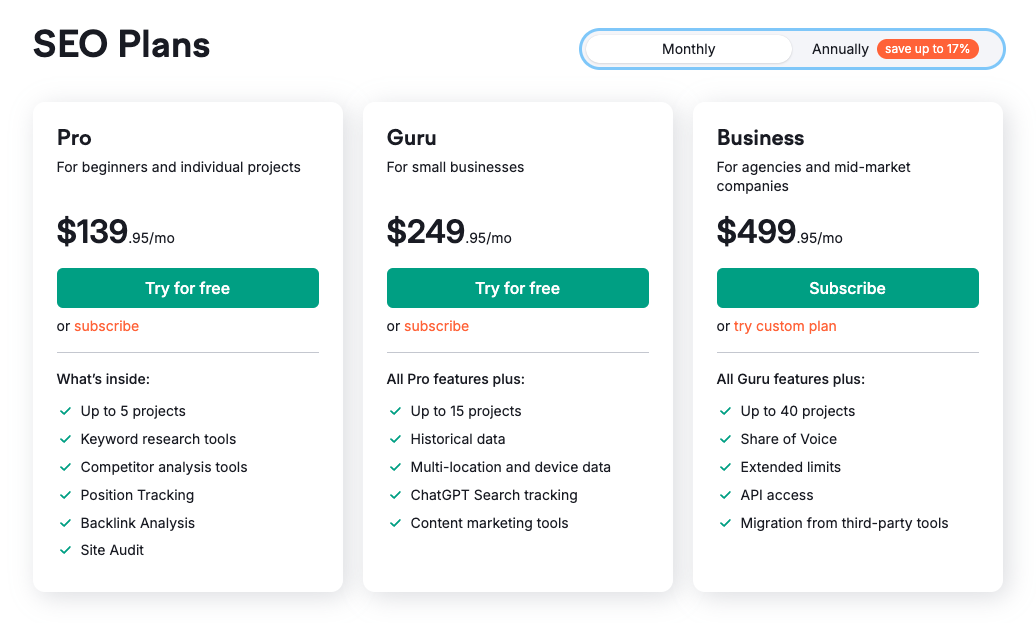
Your Funnels
Building out marketing funnels can help you to turn cold prospects into engaged prospects that are ready to buy.
Here’s the traditional marketing funnel setup:
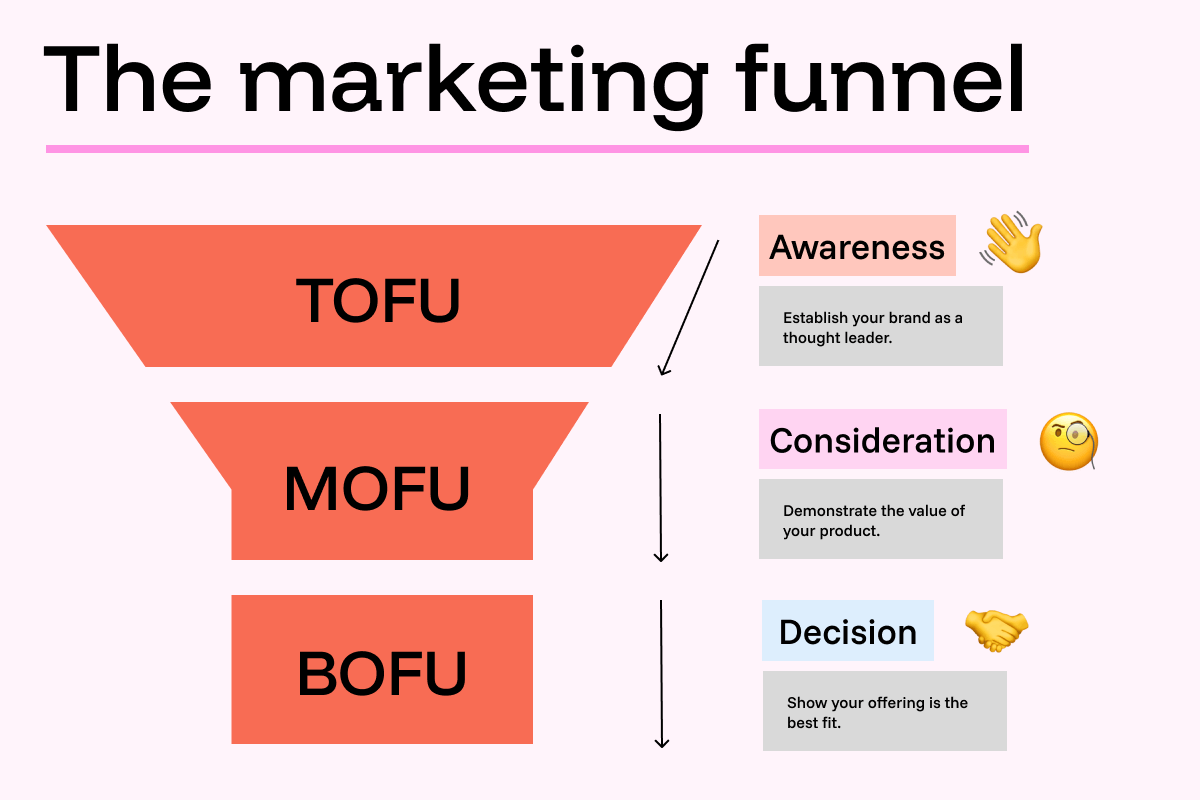
However…
It would be naive to believe that buyers these days simply fit into this linear, predictable path. Buyers research more than ever when choosing to purchase. They trust brands less than previously and jump in and out of the buying processes unpredictably due to busy lives and work schedules. They can learn everything they need to know without speaking to a sales person.
Marketing Loops / Growth Loops look like this:
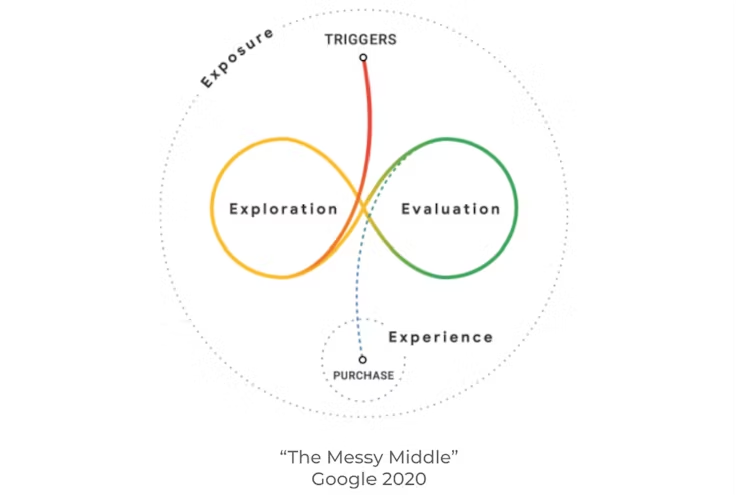
Clear & Persuasive Messaging
As marketers, we don’t get long to capture the attention of our prospects.
Choosing the right messaging helps to:
- Grab attention
- Build trust
- Drive action
- Creates differentiation
Key principles include:
- Clarity over cleverness
- Speak to your ICP directly
- Focus on benefits, not features (1,000 songs in your pocket, not 1 GB of memory)
- Emotional Triggers
- Strong and clear CTA
Lead Magnets
The creation of lead magnets are perfect for your Middle-of-Funnel (MOF) – to capture data and engage your prospects.
A deep analysis of your ICP and Buyer Personas will tell you what they’re likely to interact with, here are some examples:
- PDF: “10 Ways Your Team Can Increase Productivity in 2025”
- ScoreCard: “Analyse your team still gap by answering out quiz”
- Template: “The best 1:1 employee guide for a remote workforce in 2025”
Key points to add:
- Give a preview of what it is that they’re trying to read / watch – multiple pages if possible
- Use phrases like “Instant access” or “Straight into your inbox” to reduce drop off
Get Weekly Paid Media Insights to Boost ROI
Join hundreds of marketing managers running paid ads and get weekly strategies to improve your campaigns.
"*" indicates required fields
4. Building Trust
Building trust with your prospects is crucial if you’re going to be able to encourage them to take the next step in your Marketing Funnel / Loop.
Your Brand & Person of Influence
Brand
The companies we’ve worked with that have seen the most success from Paid Ads are those that have their brand strategy well organised and those that have a key person of influence publicly promoting the business.
Your prospects are comparing you with your competition during the buying process.
Clearing defining and communicating the following will allow you to have greater impact and increase the enquiries you generate:
- Purpose / Mission
- Vision
- Personality
- Unique Preposition
- Brand Promise
- Values
Once this is decided, it’s about how you demonstrate that visually / your design identity.
Person of Influence
This is the front person of your organisation. The person, the personality that they connect with human-to-human before they buy into your brand, the offer and who you help.
This person should ideally be the face of the marketing materials, and recognisable and regular.
Love him or loath him – Steven Bartlett is a person of influence in his industry and the face of his businesses – Social Chain, Thirdweb, and Flight Story.

Your Messaging
Clear, consistent and well crafted brand messages will bring huge value to the overall strategy.
Consider creating a list of core messages to be used across the following channels:
- Website – service pages, blogs and about us pages
- Social Media – cover images, bios and posts
- Ads – Google Ads, Social ads
Here are some training provider examples:
- “Train your team faster. Upskill with expert-led courses built for real-world results.”
- “Get job-ready skills in weeks—not months.”
- “We help professionals gain the skills, certifications, and confidence to thrive in today’s market.”
- “Learn in-demand skills, 100% online. No fluff. Just what you need to succeed.”
Landing Pages
Creating multiple landing pages is important for a number of reasons:
- Covers a range of keywords
- You can create bespoke / specific messaging for your audiences
- Helps support your SEO strategy
- Helps support a highly targeted Paid Ads campaign strategy
User Experience
The user experience of the pages you’re sending traffic to need to be technically and visually sound, here’s why:
- Google Ads can restrict your traffic
- SEO – organic rankings can be affected
- Users are likely to click away if they’re not satisfied
A tool to conduct these checks:
Call to Action (CTA)
Driving traffic to a website takes skill, time, effort and investment.
We need to take your customer on a journey and lead them to the next stage of the Marketing Funnel / Loop.
Some example CTA’s include:
- Download
- Get in touch
- Book a call
- Arrange consultation
- Watch webinar
5. Driving Sales with Paid Media
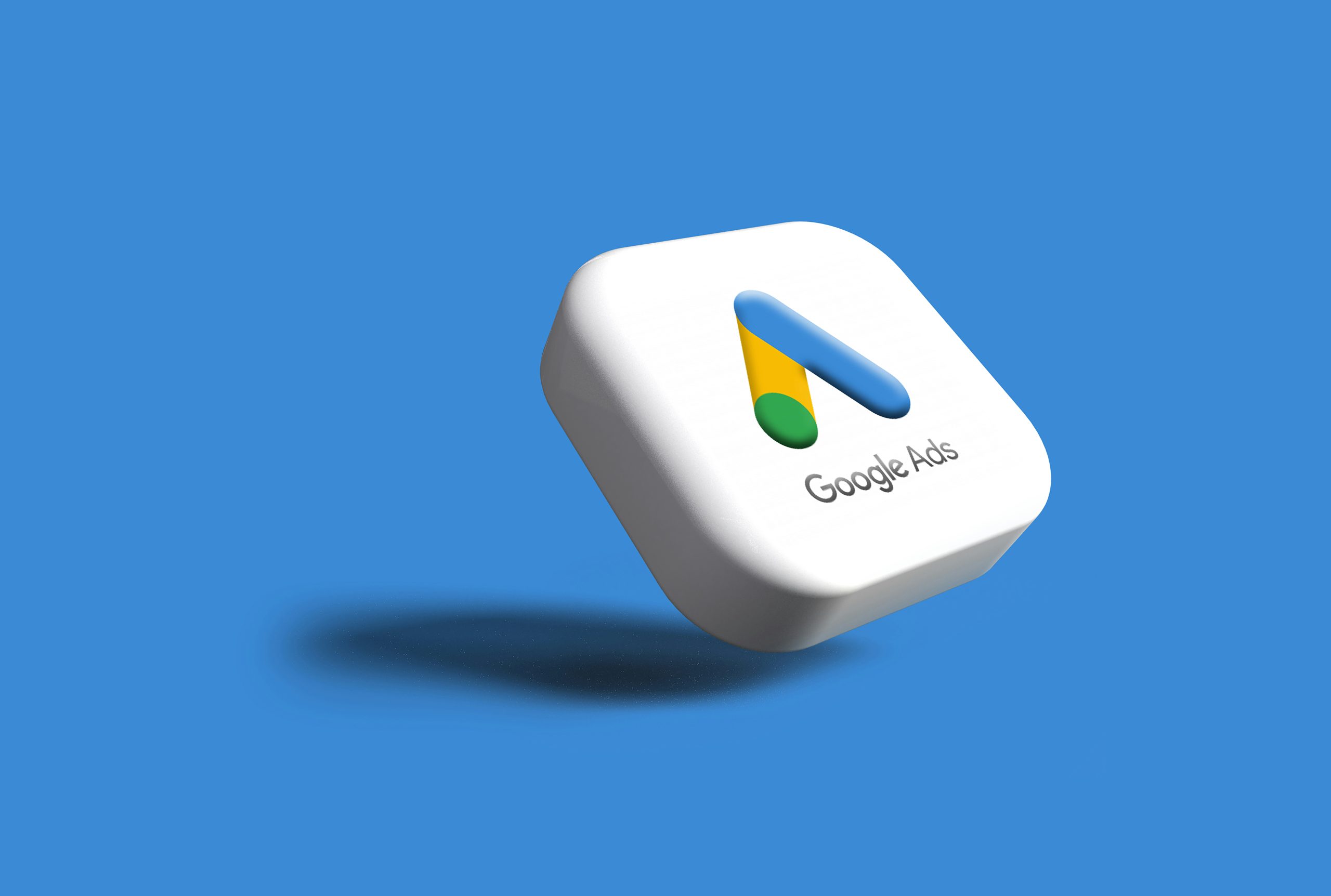
Google Ads is a powerful way to generate high-quality B2B leads by targeting decision-makers actively searching for your services. With precise keyword and location targeting, you can reach the right audience at the right time. Every click is trackable, making it easy to measure ROI and optimise performance. It’s a fast, scalable way to consistently fill your sales pipeline with motivated prospects.

“Research shows that B2B buying decisions are even more emotional than B2C. We really advocate positioning yourself in the market as the “go-to” provider with your training experts being the face of your brand.”
Anna Allsop
Co-Founder of Visibility
Keywords
Keywords are at the heart of every successful Google Ads campaign—they determine when and where your ads appear. Choosing the right keywords ensures you’re targeting people who are actively looking for the services you offer. Poorly chosen keywords can waste budget on irrelevant clicks, while well-researched ones attract high-intent prospects. By continuously refining your keyword strategy, you can improve ad relevance, lower costs, and increase conversions.
Search Engine Ads
Google + Bing (Search Advertising Platforms)
Google Ads and Microsoft Ads (formerly Bing Ads) allow you to reach users across the world’s top search engines. While Google captures the majority of search traffic, Bing often delivers lower-cost clicks and strong performance in specific B2B and older demographics. Running campaigns on both platforms increases your reach and helps diversify your lead sources.
Account Structure
Your account structure lays the foundation for organising and managing your campaigns effectively. It includes your overall account, followed by campaigns, ad groups, ads, and keywords. A well-structured account improves relevance, tracking, and optimisation, ensuring better results and easier management.
Campaign Structure
Each campaign is focused on a specific goal, budget, and targeting strategy—such as services, products, or regions. Within each campaign are ad groups, which contain sets of related ads and keywords. Clear campaign structure helps keep your messaging aligned, improves Quality Score, and simplifies performance analysis.
Campaign Types
Google and Bing offer various campaign types, including Search, Display, Video, Shopping, and Performance Max. For B2B services, Search campaigns are most effective, targeting users with high intent based on their queries. Choosing the right campaign type ensures your ads appear in the right format and context for your audience.
Social Media Ads
Meta + LinkedIn
Meta (Facebook & Instagram) excels at broad reach and visual storytelling, ideal for building brand awareness and nurturing leads. LinkedIn is the top platform for B2B advertising, allowing precise targeting by job title, industry, company size, and more. Running ads across both platforms lets you combine scale with precision—reaching decision-makers where they spend their time.
Account Structure
Your ad account houses all campaigns, billing details, audiences, and performance data. It’s essential to separate business units or regions into distinct ad accounts if you need separate reporting or budgets. Keeping a clean and organised structure ensures smoother management and scalability across teams.
Campaign Structure
Campaigns sit at the top level and define your objective (e.g. lead generation, traffic, awareness). Within each campaign are ad sets (Meta) or campaign groups (LinkedIn) where you define audience targeting, budget, placement, and schedule. Inside each ad set, you create the actual ads—your creative, copy, and CTA.
Campaign Types
- Broad/National campaigns aim to reach a wide audience using interest or job-based targeting, ideal for brand awareness or top-of-funnel engagement.
- Location-based campaigns focus on specific cities, regions, or postcodes, often combined with industry or role targeting—great for service areas or in-person offerings.
- Local campaigns with keyword-informed creative use copy and visuals that speak directly to local needs or challenges, increasing relevance and conversion in defined geographic areas.
6. How to Measure Success
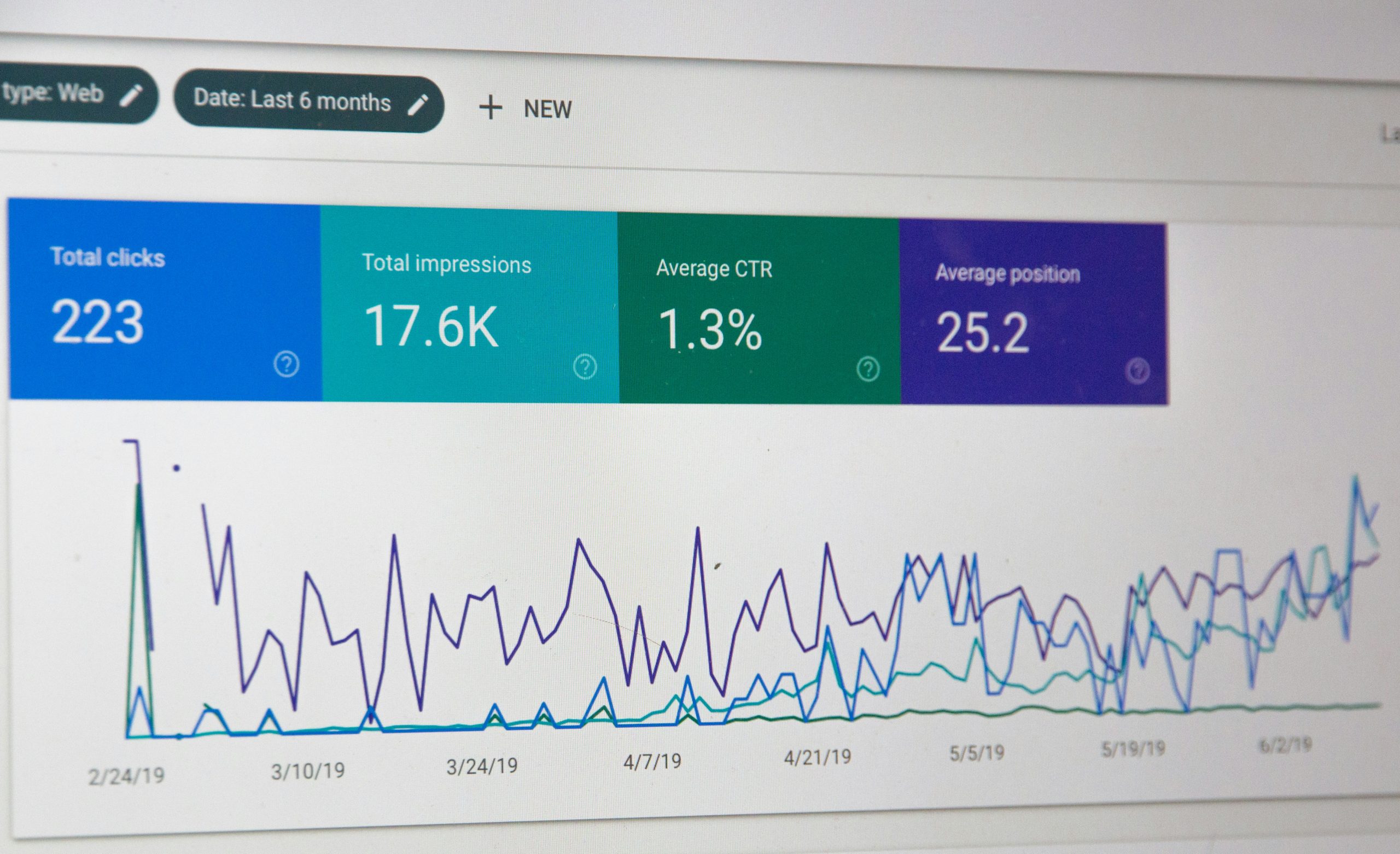
Conversion tracking is essential for understanding the real impact of your paid media strategy. It allows you to see exactly which channels, campaigns, ad groups, keywords, or audiences are driving the most valuable actions—whether that’s form submissions, demo bookings, or purchases. Without it, you’re essentially flying blind, guessing which parts of your advertising are working.
By tracking conversions accurately, you gain visibility into what’s truly performing and where your budget is best spent. For example, you might find that one campaign is generating lots of clicks but very few leads, while another delivers consistent high-quality conversions. With social media, you can even break this down by audience type—helping you refine your targeting to the most engaged segments.
It also enables productive collaboration with your sales team. Together, you can identify which enquiries are high-value opportunities and which are low-quality leads that waste time and resources. This insight allows you to optimise your campaigns to attract more of the right type of prospect. Ultimately, conversion tracking helps you maximise your budget and scale campaigns that generate meaningful, revenue-driving results.
7. The Next Steps…
We hope this article has given you a clearer understanding of what it takes to run a successful paid media campaign. Ideally, most of the elements we’ve covered should be in place before launching ads to ensure the best possible performance.
If you’re not quite there yet, don’t worry—we can support you. Our in-house team offers expert copywriting, design, and strategy services to help get everything ready for launch.
The next step? Book a free landing page review. We’ll identify quick wins and strategic improvements, so we can start driving high-quality leads and help you scale with confidence.
